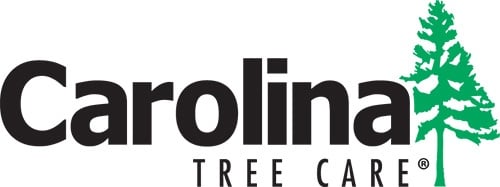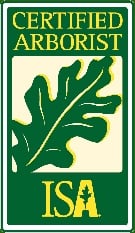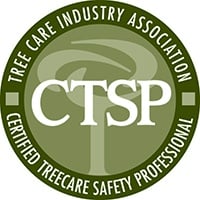North Carolina’s heat has brought bugs and pests out in full force. This summer keep your oak trees healthy, strong, and pest free. Oak trees are known for being sturdy and durable, but still needs protection from pest attacks. One pest typically seen in late August / early September throughout North Carolina oak trees is the Orange Striped Oakworm.
In this blog, we'll share 4 simple steps on how to keep your oak trees healthy and free from the Orange Striped Oakworm.
- How to spot an Oakworm compared to other worms.
- What to do if Orange Striped Oakworms are attacking your trees.
- Different treatment options available for your oak trees.
- How to care for your oaks after treatment for Oakworm has been completed.

- How to spot an Oakworm compared to other worms: Moths emerge, lay eggs that hatch after about 1 week then become small green caterpillars. These caterpillars change their color to all black and become larger after feeding for several weeks. These crawlers are typically active and feeding, July - August.
Fact: The orange striped oakworm doesn’t always show off an orange strip. Younger oak worms are actually green in color before turning all black. Once mature the black worm then shows off several orange-yellow stripes.
- If you spot Orange Striped Oakworm: We recommend having a certified arborist come take a look at the tree to confirm the pest. Once confirmed a certified arborist will go over treatment options (Take a look below to stay one step ahead.)
- Different options for treatment against the Orange Striped Oakworm: We provide 3 different treatment options depending on the severity of pest attack.
- Soil Injection: This treatment goes directly into the soil and takes effect in about 2-3 weeks for larger trees (less time for smaller trees).
- Trunk-Injection: This treatment goes directly into tree roots and takes effect in about 2-3 weeks for larger trees. However, the treatment does last longer than soil injection.
- Foliar Spray: This treatment is sprayed directly on foliage and bark of tree. We recommend this type of treatment for smaller larva.
- How to care for your oaks after treatment: Now it’s time for us to maintain the health and wellbeing of your trees. (Just doing what we do best!) You’ll receive an email from us when it’s time for your next plant health care treatment and a call from your areas Arborist representative to confirm.
We stay committed to the health and wellbeing of your trees. If you would like to speak with a certified arborist today or schedule a consultation, simply click link below.








